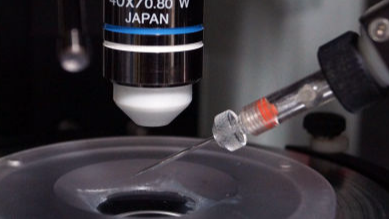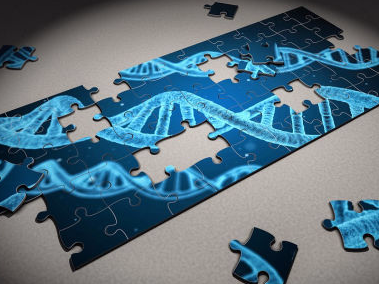

We wellcome your interest in Sakurai Laboratory at Graduate Schools of Life & Environmental Sciences, University of Tsukuba.
私たちの研究室では、生物の光受容や視覚のメカニズムについて主に電気生理学的手法を用いて研究を行っています
Vertebrate animals obtain most of ambient light information through photoreceptors, where light is absorbed and signaled to the central nervous system. Visual perception initiates with the absorption of light by rod and cone photoreceptors in the retina, which mediate dim light vision and bright light vision, respectively. In addition to the classical image-forming vision, light reception by inner retinal neurons or extraocular photoreceptors is thought to be of great importance to animal behaviors such as circadian phase shift, reproduction and magnetoreception. The aim of our research is to elucidate underlying mechanism of the photoperceptions by which absorbed photons are converted into an electrical response and signaled to the brain. To achieve this goal, we mainly use electrophysiological technique, a powerful tool to characterize molecular mechanisms in neurons, in combination with genetically manipulated animals and computer simulation based on mathematical model.

Patch-clamp techniques are used to examine electrical properties of photoreceptors in the retina

To understand physiological function of a transduction protein, we utilize transgenic animals

We performe computer simulation for mathematical modeling based on chemical reactions and morphology of sensory cells.
| NAME | Title | Research | contact |
|---|---|---|---|
| Keisuke Sakurai | Assistant Professor | Rod and cone vision | sakurai(at)biol.tsukuba.ac.jp (Change (at) to @) |
| Takaho Sugihara | Graduate Student | Photoreceptor evolution | |
| Zhao Fan | Graduate Student | GRK1 associated Oguchi disease | |
| Xu Yinyin | Graduate Student | Cone opsin properties in cone vision | |
| Yu Cheng-Han | Graduate Student | Physiological function of microbial rhodopsin | |
| Asahi Itarashiki | Undergraduate Student | Sodium channels in retina |
Address: 1-1-1 Tennodai, Tsukuba, Ibaraki 305-8572, Japan
〒305-8572 茨城県つくば市天王台1-1-1
筑波大学生命環境科学研究科生物科学専攻
Built with Mobirise
Website Maker